Water quality monitoring is an important means to protect water resources, through regular monitoring of water quality conditions, we can detect and solve water pollution problems in a timely manner, water quality monitoring to ensure the safety and sustainable use of water resources.
What is water quality monitoring?
Water quality monitoring is the process of assessing and testing various characteristics of a body of water on a regular basis. These characteristics include the chemical composition, physical properties, and biological composition of the water. Water quality monitoring aims to ensure that water bodies meet specific standards and requirements to meet human and ecosystem needs. The process usually involves collecting water samples and assessing water quality through laboratory analysis or field testing. Water quality monitoring is essential to ensure safe drinking water, maintain environmental health, support ecosystem balance, and promote sustainable development.
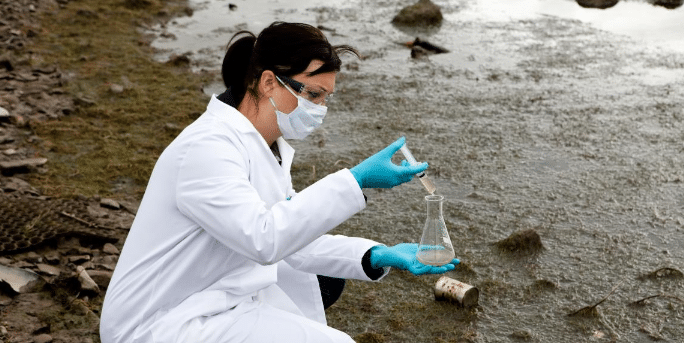
Why is water quality monitoring needed?
Water is a necessity of life and the quality of drinking water directly affects human health. There are various contaminants in water that may be harmful to humans, such as bacteria, heavy metals, and chemicals. Regular monitoring ensures the safety of drinking water and prevents contamination of water sources.
Water is an important part of the ecosystem and is vital to the health of wetlands, rivers, lakes, and marine ecosystems. The quality of water directly affects the survival and reproduction of aquatic organisms, the stability of wetland ecosystems, and the balance of ecological chains in the waters. By monitoring water quality, problems in water ecosystems can be identified and solved in a timely manner to protect biodiversity and ecological balance.
Many industries and activities depend on water resources, including agriculture, industry, energy production, and tourism. Water quality monitoring can help to ensure that these sectors and activities do not overutilize or pollute water resources, thereby supporting sustainable socio-economic development.
Many countries and regions have laws and regulations on water quality standards and environmental protection. Water quality monitoring is an important tool for businesses, governments and individuals to comply with these laws and regulations. By monitoring water quality, potential violations of regulations can be identified and resolved in a timely manner to ensure that water resources are effectively protected and managed.
Key parameters for water quality monitoring
When it comes to water quality monitoring, it is critical to understand and monitor the physical, chemical, and biological characteristics of water. These characteristics can help assess the overall health of a water body and take the necessary measures to protect water resources and ecosystems in a timely manner. Below are the key parameters of each characteristic and their significance and impact:
Physical characteristics
- Temperature: Water temperature is one of the fundamental physical characteristics of a body of water, which influences the rate of chemical reactions in the water, the level of dissolved oxygen, and the growth and reproduction of aquatic organisms. Changes in temperature may lead to changes in the structure and distribution of organisms in an aquatic ecosystem, e.g. higher temperatures may cause some species to migrate to cooler waters.
- Turbidity: Turbidity is the amount of suspended particulate matter in water and directly affects water clarity and transparency. High turbidity may indicate pollution or suspended sedimentation in the water, affecting the survival of aquatic organisms and the health of the aquatic ecosystem.
- Color: The color of water may be affected by organic matter, wastewater discharge, or sedimentation. Abnormal color may be an indication of pollution and may also affect water visibility and the health of living ecosystems.

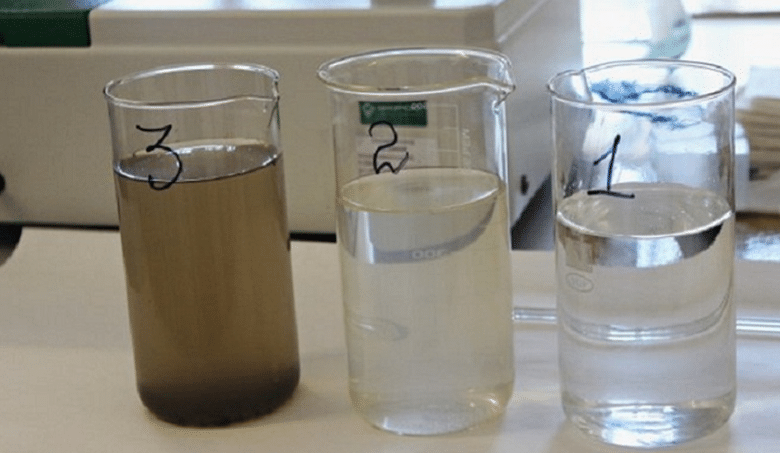
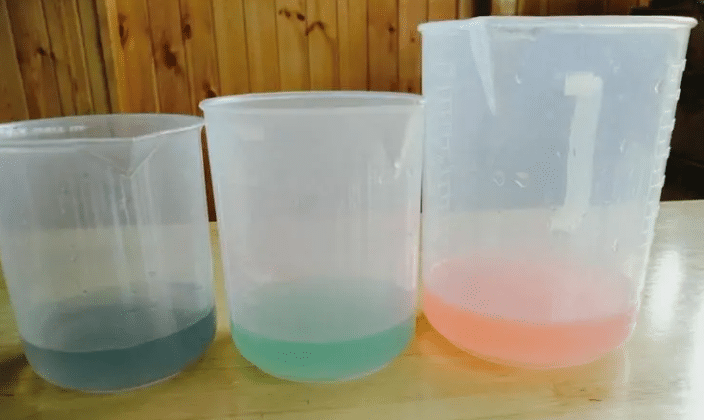
Chemical characteristics
- pH: pH indicates the acidity or alkalinity of water and affects the survival and reproduction of many organisms in water. Different organisms have different sensitivities to pH and some organisms can only survive within a specific pH range, so changes in pH may lead to changes in the population structure of aquatic organisms.
- Dissolved oxygen: Dissolved oxygen is the amount of oxygen in the water and is essential for the respiratory processes of aquatic organisms. Insufficient dissolved oxygen in the water column may lead to hypoxic conditions, jeopardizing the survival of aquatic organisms and even leading to massive fish kills.
- Nutrients: Nitrogen and phosphorus, for example, are key nutrients for plant growth, but excessive nutrient inputs may lead to eutrophication of the water body, promoting overgrowth of algae and aquatic plants, the formation of blooms, and seriously affecting the health and ecological balance of the water body.
- Heavy metals and organic compounds: these are common water pollutants that may cause serious harm to aquatic organisms and human health, e.g., lead, mercury, pesticides, and organic compounds in industrial wastewater.

Biological characteristics
- Bacteria and microorganisms: bacteria and microorganisms are common organisms found in water, some of which may pose a threat to human health. For example, the presence of E. coli and other intestinal flora may indicate a contaminated body of water, which may cause waterborne illnesses.
- Algae and aquatic plants: Excessive growth of algae and aquatic plants may lead to blooms, disrupting the ecological balance of the water body, affecting the oxygen content of the water, and even leading to fish kills and eutrophication of the water body.
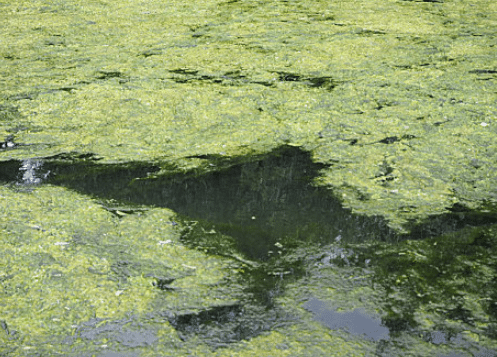
Methods and techniques for water quality monitoring
Below is a tabular format analysis that lists each water quality parameter along with commonly used monitoring methods:
| Water Parameter | Common Monitoring Methods |
| Physical Properties | |
| Temperature | Data loggers, thermometers, infrared thermal imaging |
| Turbidity | Turbidity meters, vortex flow meters, nephelometers |
| Color | Colorimetric methods, spectral analysis |
| Chemical Properties | |
| pH | pH meters, pH test strips |
| Dissolved Oxygen | Dissolved oxygen meters, oxygen electrodes |
| Nutrients | Spectrophotometry, chromatography, chemical analysis |
| Heavy Metals and Organic Compounds | Atomic absorption spectroscopy, gas chromatography, liquid chromatography, mass spectrometry |
| Ammonia Nitrogen | Nessler’s reagent method, spectrophotometry, ammonia electrode detection |
| Lead | Atomic absorption spectroscopy, inductively coupled plasma mass spectrometry |
| Cadmium | Atomic absorption spectroscopy, inductively coupled plasma mass spectrometry |
| Cyanide | Gas chromatography, electrochemical methods |
| Fluoride | Ion-selective electrodes(KLU-206A Fluoride Ion Selective Electrode), ion chromatography |
| Chloride | Silver chloride electrode method, ion chromatography |
| Nitrate | Nitrate reduction method, spectrophotometry, chromatography |
| Biological Properties | |
| Algae and Aquatic Plants | Microscopic examination, chlorophyll measurement, plant sampling and analysis |
| Bacteria and Microorganisms | Culture-based methods, membrane filtration, PCR detection |
| Benthic Organisms | Fluorescence microscopy, net sampling, and collection |
| Planktonic Organisms | Net sampling, microscopic observation |
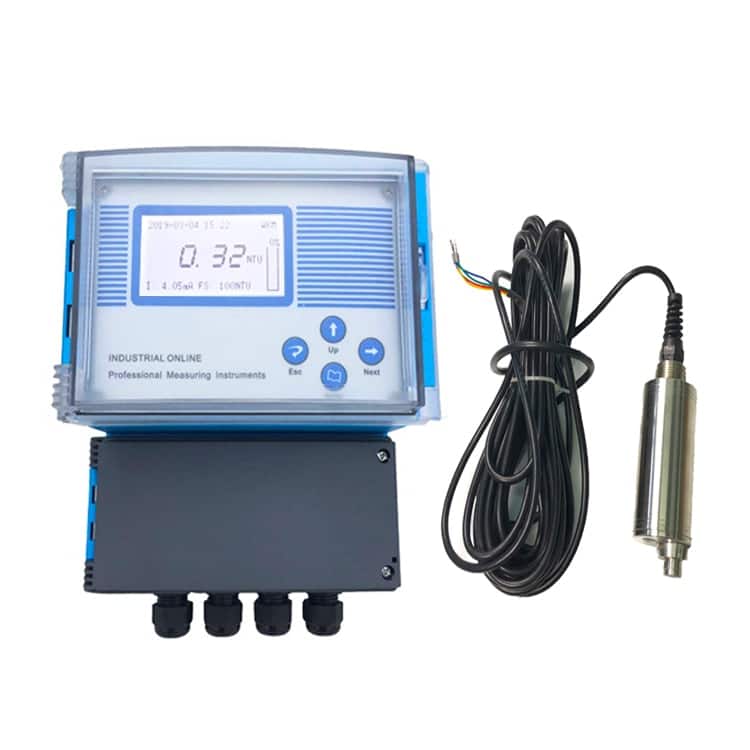

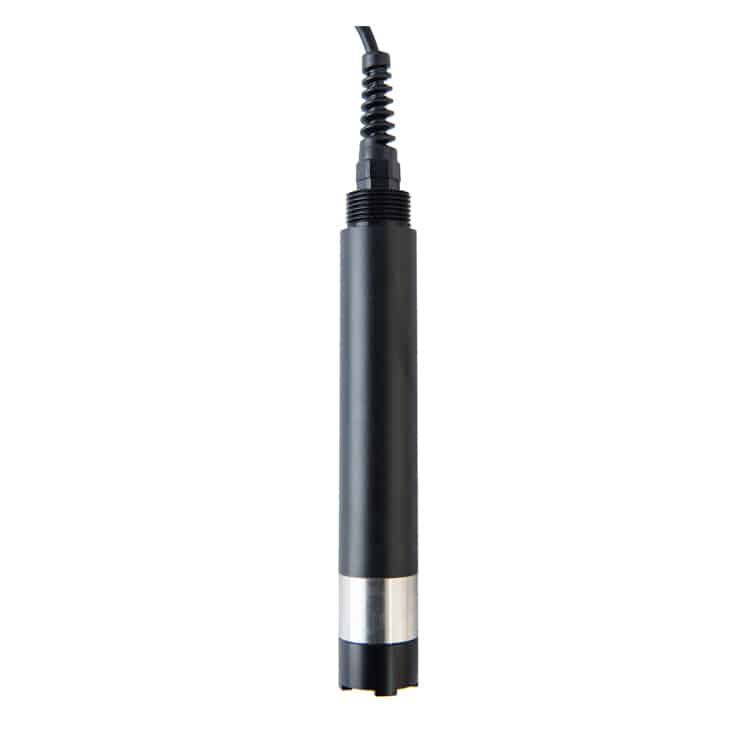
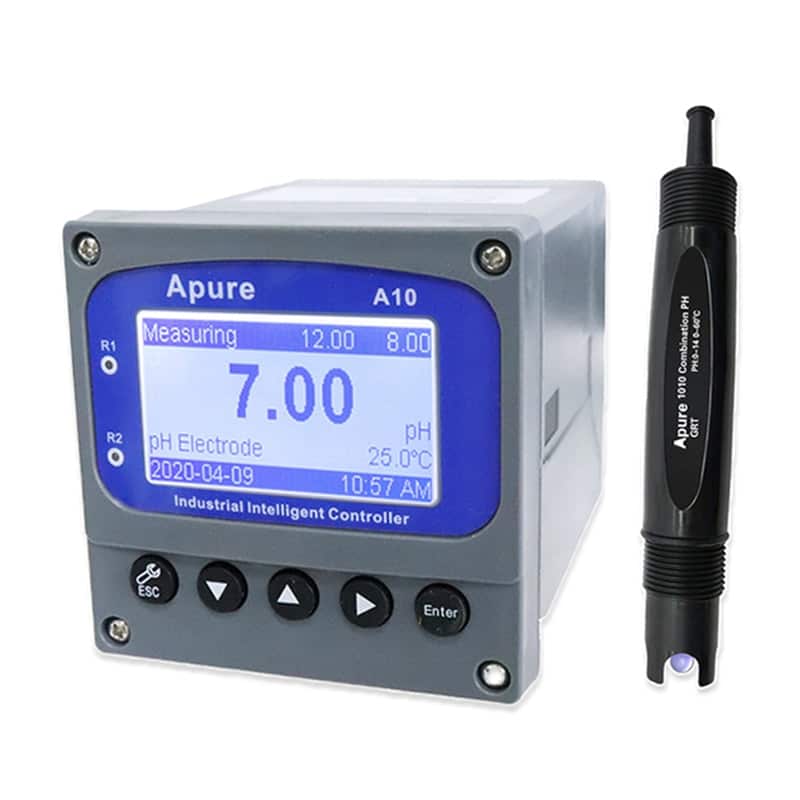
Remote sensing technology: Satellites and aircraft can monitor large-scale water bodies, including oceans, lakes, and rivers, through remote sensing technology. Remote sensing technology can provide information such as surface temperature, color, and turbidity of water bodies, providing real-time monitoring and tracking of changes in water quality over large scales.
Sensor networks: These sensors transmit data over a network to a centralized database, allowing users to remotely access and monitor water quality conditions in real time.
Online monitoring devices: These devices continuously monitor water quality parameters and transmit the data in real time to a centralized database or monitoring site. Such real-time monitoring devices can be used in places such as drinking water treatment plants, wastewater treatment plants and industrial discharge points to detect water quality anomalies and take appropriate measures.
Smartphone apps: A number of smartphone apps have been developed that allow users to monitor water quality using their smartphones and upload the data to a cloud server for viewing.
Application areas for water quality monitoring
Drinking water:
Water quality monitoring is used to monitor water quality in waterworks, water sources, water treatment plants, and water supply networks. Harmful substances in water, such as bacteria, heavy metals and organic pollutants, are detected in time to ensure the safety of drinking water.
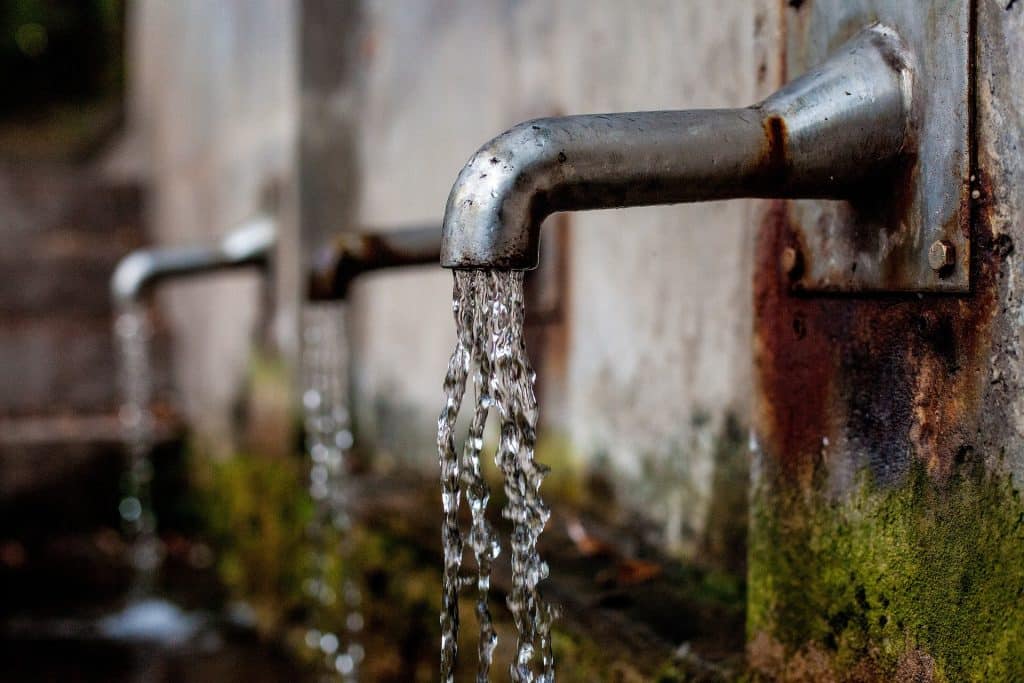
Agriculture:
Water quality monitoring is used to monitor farm drainage, irrigation water, and the use of agricultural fertilizers and pesticides. By monitoring farm drainage, the pollution of water bodies from agricultural activities can be reduced; monitoring irrigation water quality can ensure that the water quality required for crop growth meets standards.
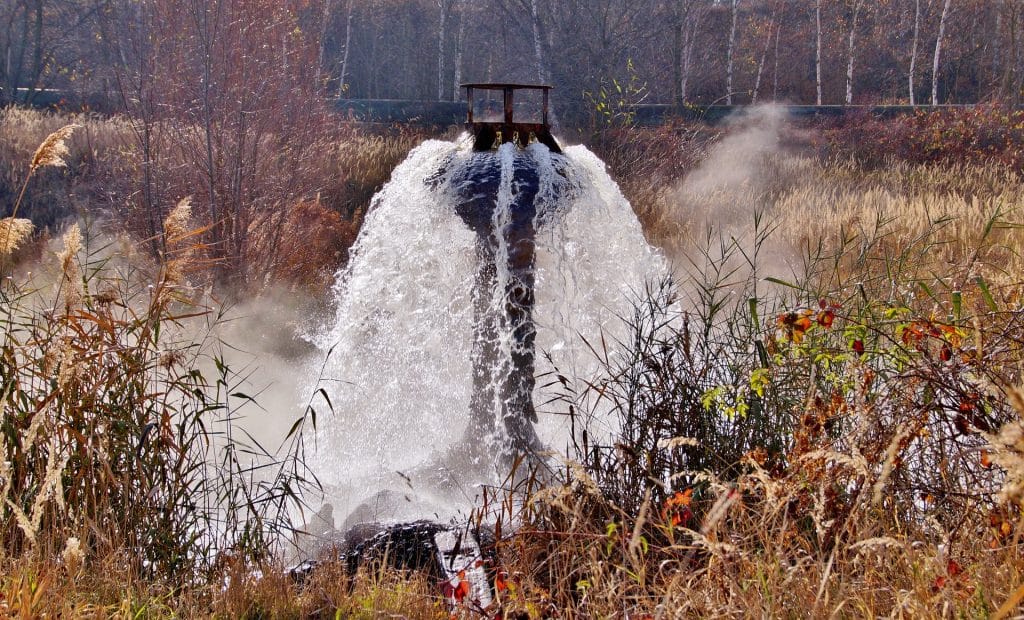
Industrial:
Water quality monitoring is used to monitor industrial wastewater discharges, water quality in industrial processes, and recycled water systems. Monitoring industrial wastewater discharges can ensure that industrial enterprises comply with environmental protection regulations and reduce pollution of the surrounding water environment; monitoring recycled water systems can improve the utilization of water resources in the industrial production process and reduce water consumption and pollution.

Environmental protection:
Water quality monitoring is used to monitor the water quality of rivers, lakes, wetlands, and oceans, as well as the health of the ecosystem. Monitoring the water quality status of water bodies can timely detect pollution and eutrophication of water bodies, take corresponding protection and restoration measures to maintain the health of the ecosystem and biodiversity.

Challenges to water quality monitoring
- Increased variety of pollutants
- High cost of monitoring
- Inadequate monitoring coverage
- Difficulty in data processing and analysis
- Emerging pollution issues and technical challenges
Despite the challenges of water quality monitoring, Apure is committed to providing reliable and efficient solutions to help customers overcome these challenges.
Summary
Water quality monitoring is a key tool for protecting water resources, maintaining ecological balance and safeguarding human health. Despite the many challenges, such as the increasing number of pollutants and the high cost of monitoring, the importance and necessity of water quality monitoring cannot be ignored.
At Apure, we are not only committed to providing comprehensive water quality monitoring solutions, but we also offer you cost-effective tools for temperature, pressure, level, and flow measurement. Whether you need to monitor water quality in a water treatment plant or industrial wastewater discharges in real time, we have the products to meet your needs. By choosing Apure, you will not only get high quality products, but also excellent service and outstanding value for money.
